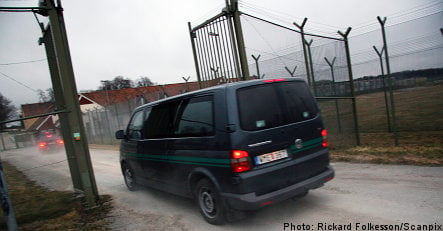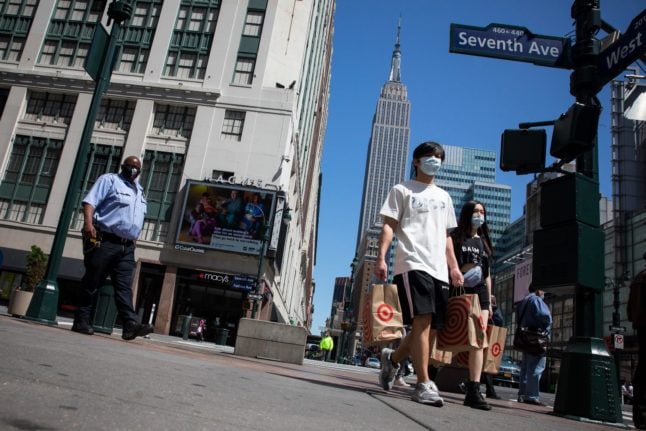Torbjörn Carlsson, information officer at the Örebro police department, confirmed that Östberg arrived at 6am. She was transported to Hinseberg prison in Frövi in central Sweden.
According to Swedish Minister of Justice Beatrice Ask, the US has made no special requirements in connection with the custody transfer.
Both Ask and Swedish Prime Minister Fredrik Reinfeldt have made repeated attempts to petition for Östberg’s release, but Ask was unsure why the transfer occurred when it did. She received the message that Östberg’s transfer had been approved on March 26th.
“It is difficult to understand the precise reasoning of the American authorities, but it’s not a secret that the request has been denied on several occasions,” she said.
She couldn’t comment on whether it has become an economic issue for the American prison authorities or if it was related to the shift of power in the White House.
She said Östberg’s transfer is an extremely positive outcome after a long period of intensive negotiations. The Swedish Ministry of Foreign Affairs and the American Department of Justice have been working together to conclude a prisoner transfer treaty between the two countries.
“I think this is a victory for silent diplomacy,” Ask said.
Attorney Leif Silbersky, who was Östberg’s representative 10 years ago, believes the 55-year-old will be released after a short time in a Swedish prison.
“I wouldn’t be surprised if she is out within a month. The government will grant her a pardon and release her if it has not guaranteed the US she will remain behind bars. But I find that hard to believe. In that case, it would mean she would have to serve several more years in addition to the many years she has already been imprisoned,” he told TT.
Östberg’s 80-year-old mother is reportedly overjoyed at the prospect of seeing her daughter, whom she hasn’t seen in three or four years.



 Please whitelist us to continue reading.
Please whitelist us to continue reading.
Member comments